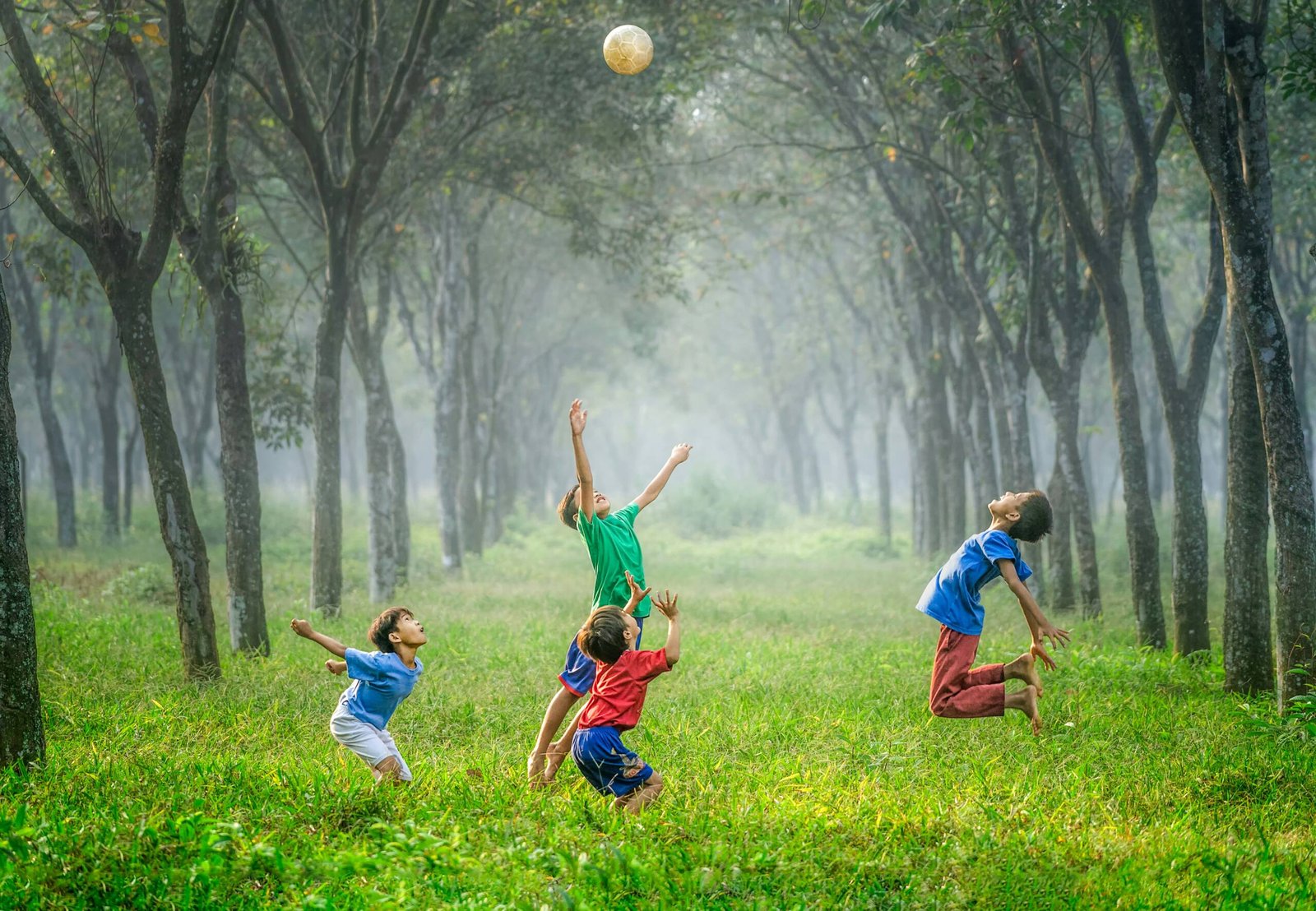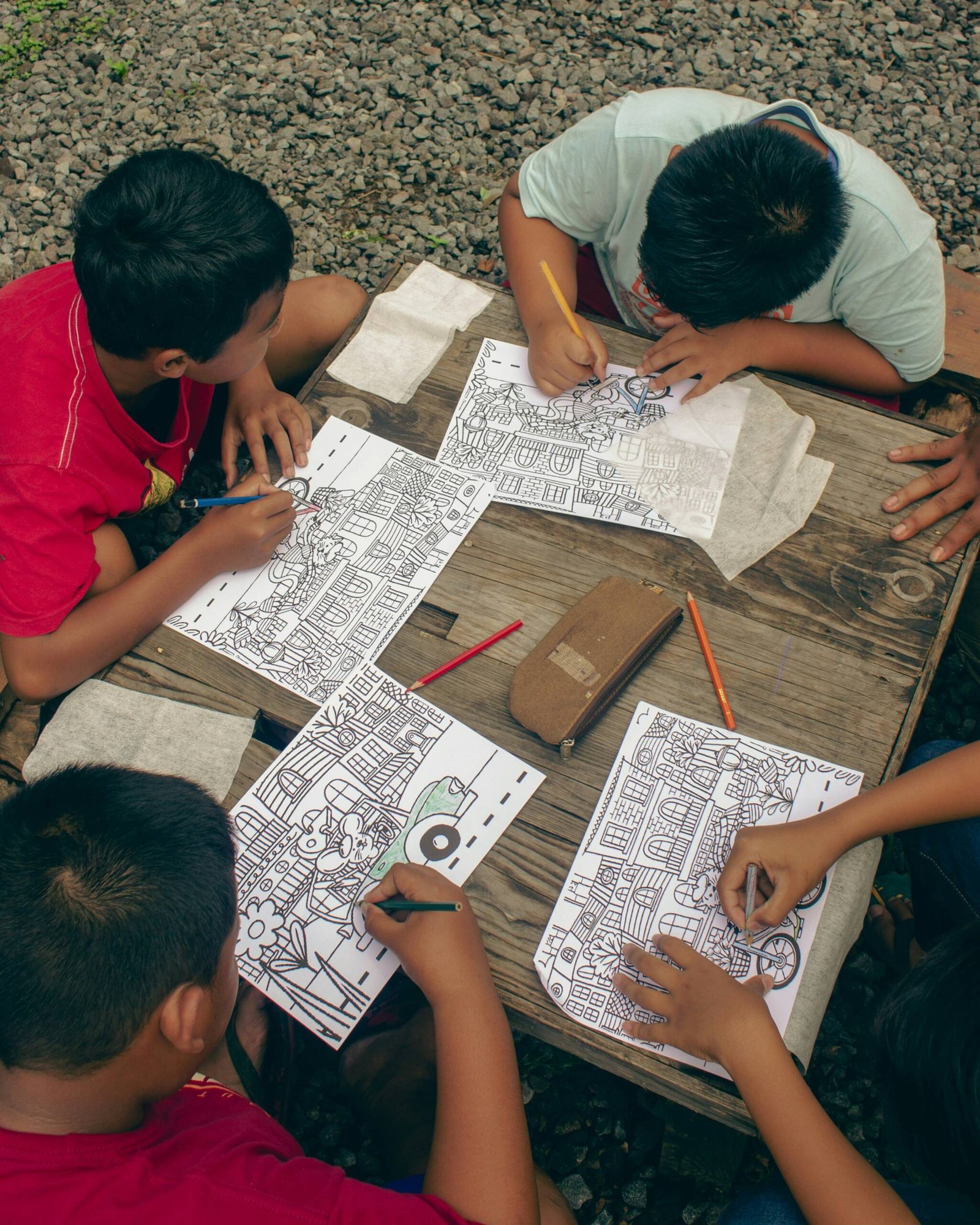Every Learner, Whole and Seen: Harnessing the Strength of 360-Degree Assessments
In every classroom, behind every raised hand, hesitant silence, curious glance, or quiet struggle lies a story. A story that cannot be captured by a number, a rank, or a grade. And yet, for far too long, education has reduced learners to data points—overlooking the vibrant, multifaceted humans behind the marks. But this is changing. The shift towards 360-degree assessments represents not just a pedagogical evolution—it’s a moral and cultural one. One that insists: every learner deserves to be seen, heard, and understood in their entirety.
From Scorecards to Snapshots of the Self
Traditional assessment systems, heavily reliant on summative exams, often tell us what a child knows at a given point in time—but rarely who they are, how they think, what they value, or how they’re growing. These models tend to reward rote memorization and speed, neglecting critical 21st-century skills such as collaboration, emotional intelligence, creativity, problem-solving, and ethical reasoning.
In contrast, 360-degree assessments invite a more compassionate and complete approach. Rooted in the understanding that learning is a holistic, dynamic process, these assessments gather inputs from diverse sources—teachers, peers, parents, and the learners themselves—to create a fuller picture of each child’s journey


A Philosophy Aligned with Indian Wisdom and NEP 2020
The Indian Knowledge Systems (IKS) have long embraced a holistic understanding of education. Ancient gurukulas emphasized samskara (character), viveka (discernment), and sahavasa (learning through shared experience), not just information acquisition. Education wasn’t transactional; it was transformational. The teacher wasn’t merely an instructor, but a guru—a guide who nurtured the learner’s body, mind, and spirit.
Echoing these timeless values, the National Education Policy (NEP) 2020 calls for assessments that are formative, competency-based, and holistic. It advocates for a system where learners are evaluated not just for what they know, but for how they apply knowledge, adapt to challenges, and develop as whole beings. The move to report cards that include self-assessment, peer assessment, and teacher assessment is a bold leap toward nurturing self-awareness and metacognition in children from an early age.
What Does a 360-Degree Assessment Look Like?
At its core, a 360-degree assessment is about mapping the learner, not just the learning. It includes:
-
Self-reflection: Empowering students to reflect on their own learning processes, challenges, and progress—instilling agency and accountability.
-
Peer feedback: Cultivating collaboration, empathy, and critical insight through structured peer evaluations.
-
Teacher observations: Documenting learning behaviours, not just outputs—creativity, initiative, curiosity, perseverance.
-
Parental input: Bridging home and school to understand the child’s growth in different contexts.
-
Portfolio-based evidence: Showcasing real work—projects, performances, journals, artworks—as authentic expressions of learning.
These inputs come together to form a narrative of growth, not just a snapshot of performance.
The Deeper Impact: Belonging, Confidence, and Joy
When learners see themselves reflected meaningfully in their assessments, they feel a profound sense of belonging. When their emotional growth, interpersonal skills, and creative efforts are valued alongside academic skills, they begin to internalize the belief that they matter. This belief is the bedrock of intrinsic motivation and lifelong learning.
Teachers, too, benefit. Instead of being pressured to “teach to the test,” they are free to foster curiosity, scaffold skills, and build stronger emotional bonds with learners. The classroom transforms from a place of stress and surveillance to a space of joyful co-discovery.
Challenges and the Road Ahead
Implementing 360-degree assessments at scale isn’t without its challenges. It requires time, training, mindset shifts, and systemic support. But the rewards are well worth it. Pilot programs across India have already shown that such approaches lead to improved student engagement, emotional well-being, and even academic outcomes.
We must move beyond the illusion that a single test can measure a learner’s potential. Instead, we must honour the full spectrum of growth—academic, emotional, social, and ethical. After all, the purpose of education is not to produce test-takers, but to nurture conscious, capable, and compassionate human beings.
The Way Forward
Every child is a universe in motion—curious, complex, and constantly evolving. When we assess them through a 360-degree lens, we acknowledge their full humanity. We say: We see you. All of you. And in doing so, we return to the very soul of education—not as instruction, but as a celebration of the learner’s journey.
Let us not ask, “What score did the child get?” Let us ask, “What story is the child telling through their learning?” Because every child deserves to be seen. Fully. Deeply. Humanly.



